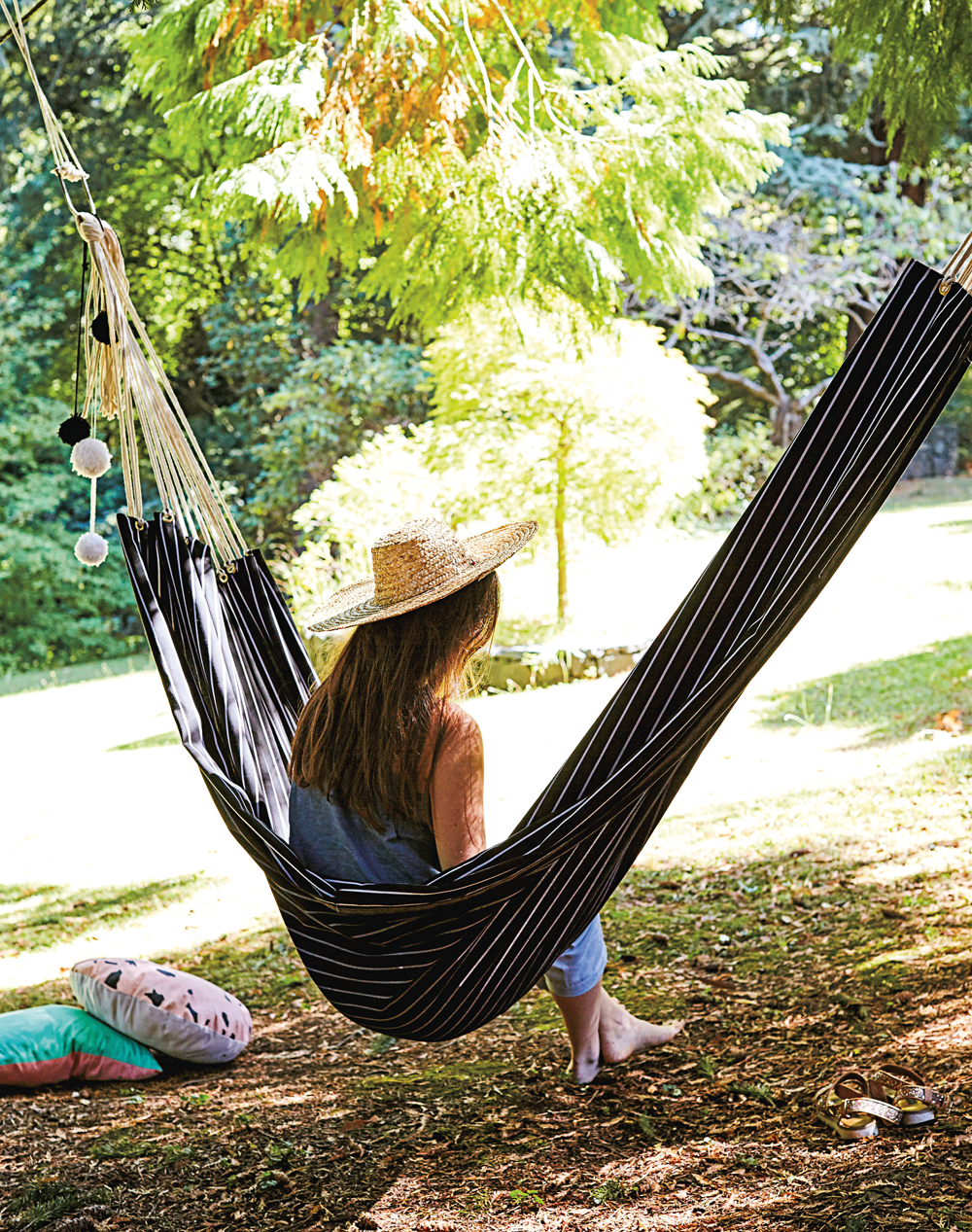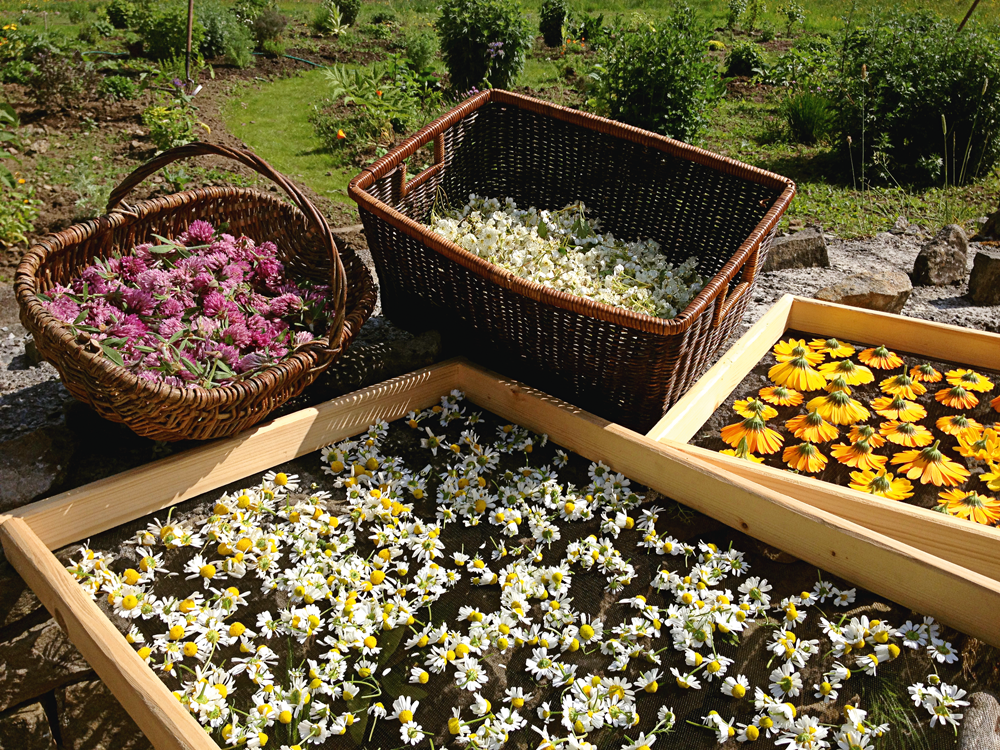Edible forest gardens imitate the tiered structure of natural woodlands, but have a higher proportion of edible species.
When creating a forest garden, it is important to ensure enough light reaches the lower layers for healthy plants and maximum yields. The seven primary layers are:
1 Upper canopy The tallest tier is typically made up of standard fruit trees, nut trees and trees that fix nitrogen. Only suitable for large gardens.
2 Sub canopy, or canopy trees for smaller gardens: mid-sized trees, including most familiar fruit trees.
3 Shrubs Bushes that produce berries and plants that attract pollinators and offer habitats for wildlife.
4 Herbaceous plants A perennial layer including some herbs and medicinal plants.
5 Ground cover Low-growing edible and often nitrogen-fixing plants which enrich the soil and help control weeds.
6 Underground plants Edible roots and tubers and micro-organisms including fruiting fungi (mushrooms).
7 Climbers or vines Plants that trail along the ground, over branches and up into trees and shrubs.
Taken from The Garden Awakening by Mary Reynolds (Green Books).
Turn to page 114 of July's The Simple Things for more from this month's My Plot - how Claire Leadbitter turned a bare paddock into a forest garden.








